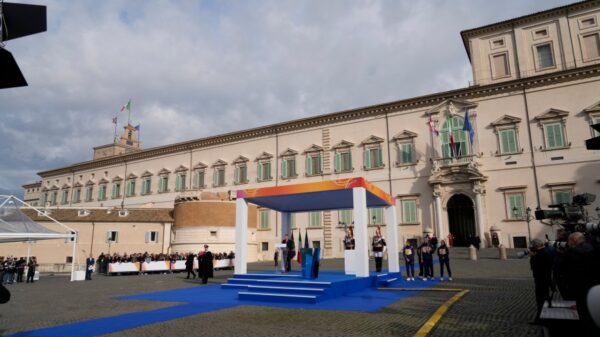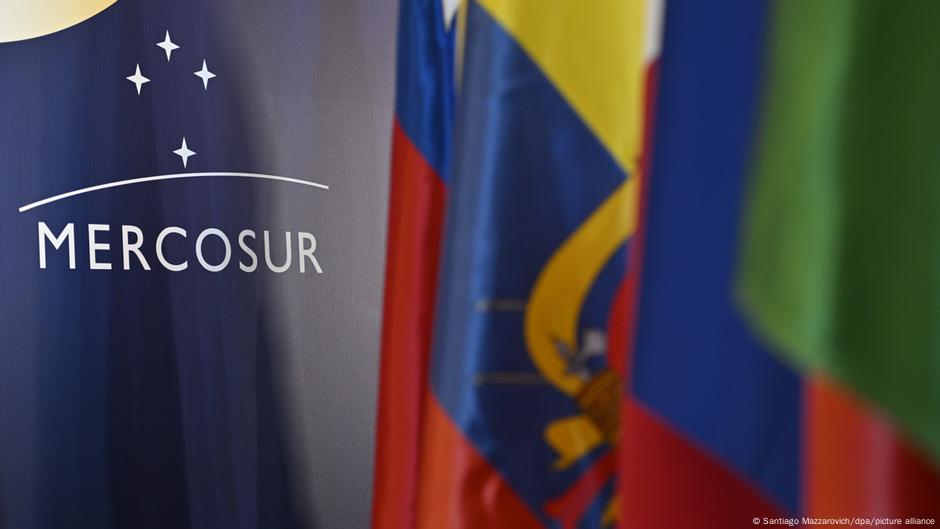In a significant development for international trade, Mercosur, South America’s largest trade bloc, has signed a comprehensive trade agreement with the European Free Trade Association (EFTA). This deal, finalized on Wednesday, establishes a free trade area encompassing nearly 300 million people and a combined GDP exceeding $4.3 trillion (€3.64 trillion).
The European Free Trade Association, comprising Switzerland, Norway, Liechtenstein, and Iceland, joins forces with Mercosur, whose full members include Argentina, Brazil, Paraguay, Uruguay, and Bolivia. Associate members of Mercosur, such as Chile, Colombia, Ecuador, Guyana, Peru, and Suriname, also stand to benefit from this agreement.
Decade-Long Negotiations Culminate in Historic Agreement
The trade deal has been a decade in the making, with exploratory talks between EFTA and Mercosur beginning in 2015. Formal negotiations commenced two years later, culminating in fourteen rounds of discussions. The agreement was announced during a summit hosted by Argentine President Javier Milei in Buenos Aires, marking a pivotal moment in South American-European relations.
“Both sides will benefit from improved market access for more than 97% of their exports, which will boost bilateral trade and bring benefits to businesses and people,” the organizations stated in a joint announcement.
Key Features of the Free Trade Agreement
The “comprehensive and broad-based” Free Trade Agreement (FTA) encompasses a wide range of sectors, including trade of goods, services, investment, and intellectual property rights. A significant component of the agreement is the removal of customs duties, a measure designed to enhance trade between the two blocs.
However, the agreement still requires ratification by the parliaments of the participating countries, a step that could present challenges given the diverse interests involved. The European Union’s own trade deal with Mercosur, finalized last year after 25 years of negotiations, has faced similar hurdles, with opposition from countries like France and Spain due to concerns over agricultural competition.
Implications and Future Prospects
The successful implementation of this trade deal could serve as a catalyst for economic growth and closer political ties between South America and Europe. Experts suggest that the agreement could lead to increased competitiveness and innovation, benefiting industries across both regions.
According to trade analyst Maria Gonzalez, “This agreement not only opens up new markets but also sets a precedent for future trade negotiations. It demonstrates a commitment to multilateralism and economic cooperation in a time of increasing protectionism.”
Meanwhile, the deal’s impact on local industries, particularly agriculture, remains a topic of debate. Critics argue that increased competition could pose challenges for small-scale farmers in both regions. However, proponents believe that the agreement’s benefits, such as access to new markets and the potential for economic diversification, outweigh these concerns.
Looking Ahead: Challenges and Opportunities
As the world watches the unfolding of this landmark agreement, the focus will be on how both blocs navigate the complexities of ratification and implementation. The deal’s success could pave the way for similar agreements, fostering a more interconnected global economy.
The move represents a significant step forward in international trade relations, underscoring the importance of collaboration and dialogue in addressing global economic challenges. As countries work towards ratifying the agreement, the potential for growth and prosperity remains a compelling incentive for all parties involved.





































































